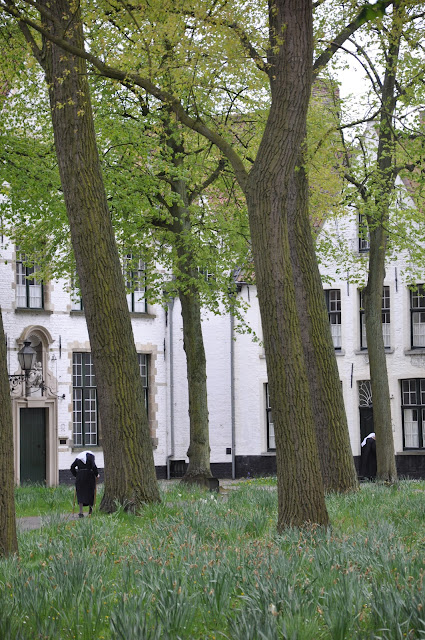Since it was just Christmas, let's learn how to say Christmas and other related words in Italian:
Buon Natale Merry Christmas
(Bwohn Na-TA-lay)
Il 25 di Dicembre December 25
(ill ven-TEE CHEENG-kway dee Dee-CHEM-bray)
Un regalo di Natale Christmas Present
(Oon re-GA-lo dee Na-TA-lay)
Il albero di Natale Christmas Tree
(ill al-BER-o dee Na-TA-lay)
Babbo Natale Santa Claus
(Ba-BO Na-TA-lay)
Felice Anno Nuovo Happy New Year
(Feh-LEE-chay An-NO New-O-vo)
Grazie della visita e Buon Natale a tutti!

































